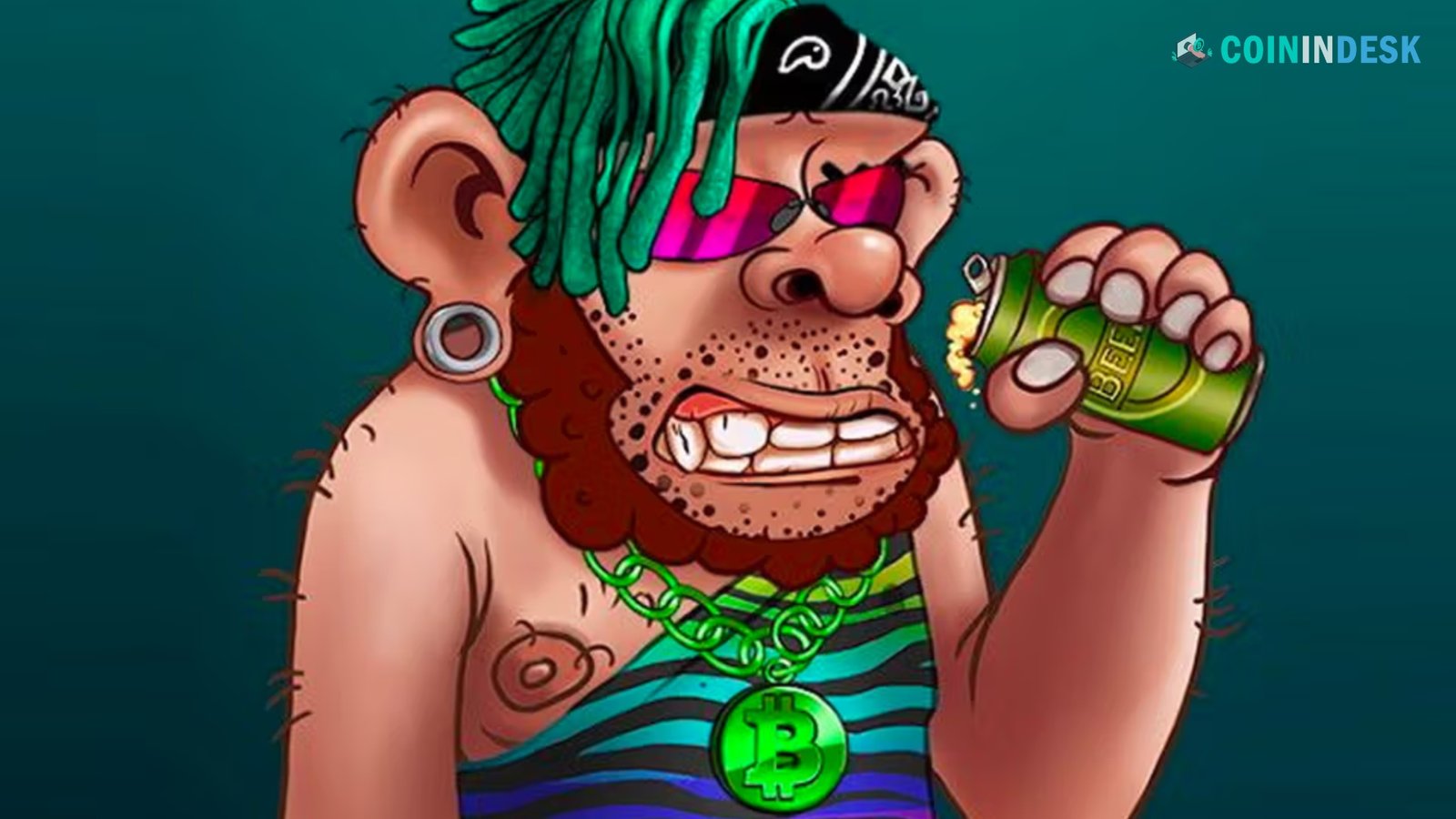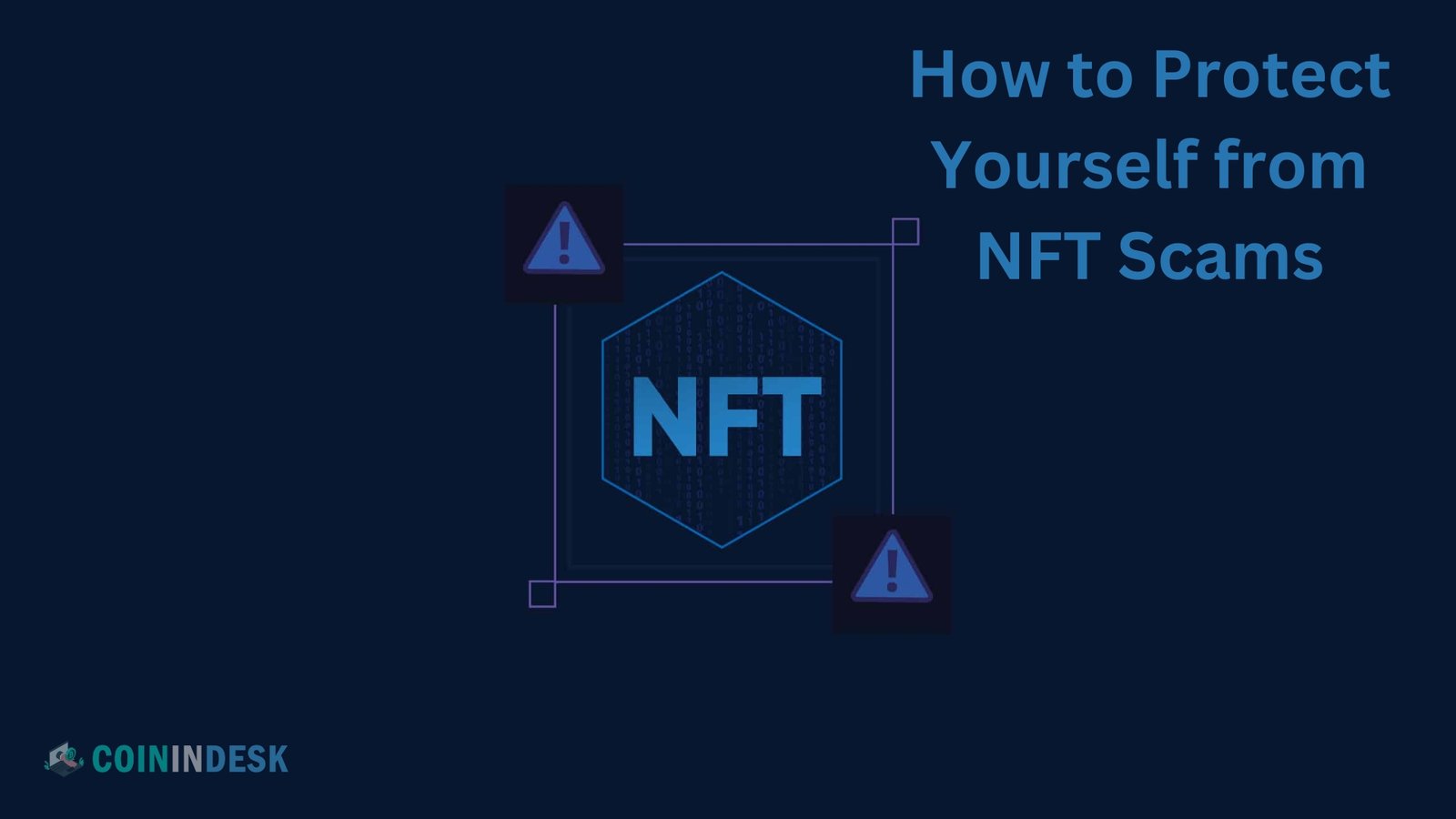NFT Scams: The world of Non-Fungible Tokens (NFTs) has exploded over the past few years, capturing the imagination of artists, collectors, and investors alike. These unique digital assets, often associated with art, music, and virtual real estate, have revolutionized our thinking about ownership and value in the digital age. However, as with any burgeoning market, the rise of NFTs has also attracted scammers looking to exploit the enthusiasm and naivety of new participants. As we move into 2024, it’s crucial to be aware of the latest NFT scams and learn how to protect yourself from falling victim to them.
Understanding NFTs and Their Appeal
NFTs are unique digital tokens on a blockchain, typically Ethereum or other NFT-supporting blockchains. Unlike cryptocurrencies like Bitcoin or Ethereum, which are fungible and can be exchanged on a one-to-one basis, NFTs are one-of-a-kind, representing ownership of a specific digital item. This could be anything from a piece of digital art to a tweet, a virtual plot of land, or even a digital pet.
The appeal of NFTs lies in their uniqueness and the ability to prove ownership of a digital asset. Artists and creators can sell their work directly to collectors, bypassing traditional intermediaries. Investors see NFTs as a new asset class with the potential for high returns. However, this excitement has also created fertile ground for scams.
Common Types of NFT Scams in 2024
Phishing Scams
Phishing is one of the oldest tricks in the book, and it has found a new life in the NFT world. Scammers create fake websites or social media profiles that mimic legitimate NFT marketplaces, wallets, or platforms. They lure unsuspecting users into entering their private keys or seed phrases, which the scammers then use to steal the victims’ NFTs or cryptocurrencies.
Rug Pulls
A rug pull occurs when the creators of an NFT project suddenly abandon it, taking the investors’ money with them. Typically, these scams involve a hyped-up project that generates significant buzz and investment. Once the funds are collected, the project developers disappear, leaving investors with worthless NFTs and empty wallets.
Fake or Plagiarized NFTs
Another common scam involves the sale of fake or plagiarized NFTs. Scammers copy existing digital artwork, create low-quality imitations, and sell them as original pieces. Buyers, thinking they are purchasing a unique asset, are left with a worthless token. Even legitimate platforms have struggled with this issue, as it’s often difficult to verify the authenticity of a digital file.
Pump and Dump Schemes
In these scams, a group of people artificially inflate the price of a particular NFT by buying and selling it among themselves, creating the illusion of high demand. Once the price peaks, they sell off their holdings at the inflated price, leaving other buyers with overvalued and likely unsellable NFTs.
Impersonation of Influencers or Celebrities
Scammers often impersonate well-known influencers or celebrities in the NFT space to promote fraudulent projects. They might use hacked or fake social media accounts to endorse an NFT drop or investment opportunity. Followers, believing the endorsement is genuine, invest in the project, only to find out later that it was a scam.
Gas Fee Scams
The Ethereum network, where many NFTs are minted and traded, requires users to pay gas fees to process transactions. Scammers exploit this by creating fake NFT drops or giveaways requiring participants to pay upfront gas fees. After collecting these fees from numerous participants, the scammers vanish without delivering NFTs.
Recent High-Profile NFT Scams
As the NFT market has matured, so have the tactics used by scammers. Here are a few recent high-profile cases:
Pixelmon
In early 2023, Pixelmon, an NFT project promising a Pokémon-like game, raised over $70 million from investors. However, when the actual game assets were revealed, they were of shockingly low quality, leading to widespread accusations of a rug pull. The value of the NFTs plummeted, and the project was largely abandoned.
Evolved Apes
Another project, Evolved Apes, promised a fighting game where NFT holders could use their apes to battle. After raising millions, the project’s developer disappeared, taking the funds and leaving behind a non-functional game and worthless NFTs.
Phishing on OpenSea
OpenSea, one of the largest NFT marketplaces, has been targeted by numerous phishing attacks. In one case, users received emails or messages directing them to a fake OpenSea website, where they were asked to log in. Those who fell for the scam had their NFTs and funds stolen.
How to Protect Yourself from NFT Scams
While the NFT space is rife with scams, there are steps you can take to protect yourself:
- Research Before You Buy: Before purchasing an NFT, thoroughly research the project, the creators, and the platform. Check for reviews, community discussions, and any signs of red flags, such as anonymous developers or unrealistic promises.
- Verify Authenticity: Always verify the authenticity of the NFT and the seller. If you’re buying art, check if the artist has a verified account on the platform or if reputable sources have endorsed the project.
- Use Trusted Platforms: Stick to well-known, trusted NFT platforms like OpenSea, Rarible, or Foundation. These platforms often have measures to detect and prevent scams, although they are not foolproof.
- Be Wary of Phishing: Never click on links from unsolicited emails or messages. Always manually type the URL of the NFT marketplace or wallet into your browser. Enable two-factor authentication (2FA) on your accounts to add an extra layer of security.
- Understand Gas Fees: Be cautious when asked to pay gas fees for giveaways or drops. Legitimate projects may require gas fees, but always verify the project’s legitimacy before participating.
- Secure Your Wallet: Store your NFTs and cryptocurrencies in a hardware wallet. Hardware wallets are not connected to the internet, making them less vulnerable to hacking. Never share your private keys or seed phrases with anyone.
- Watch Out for Red Flags: Be skeptical of projects that promise guaranteed returns or seem too good to be true. If the marketing focuses more on the investment potential than the actual product, it could be a scam.
The Future of NFT Security
As the NFT market continues to evolve, so will scammers’ methods. However, the industry is also taking steps to enhance security. Blockchain technology is being leveraged to create more secure platforms, and AI is being used to detect and prevent fraudulent activities. Additionally, the community is becoming more educated and vigilant, which will help reduce the number of successful scams.
In conclusion, while NFTs offer exciting opportunities, they also have significant risks. By staying informed, conducting thorough research, and following best practices for security, you can navigate the NFT space safely and enjoy its benefits without falling victim to scams. As the saying goes, “If it’s too good to be true, it probably is.” This adage is especially relevant in the fast-paced, ever-changing world of NFTs.


